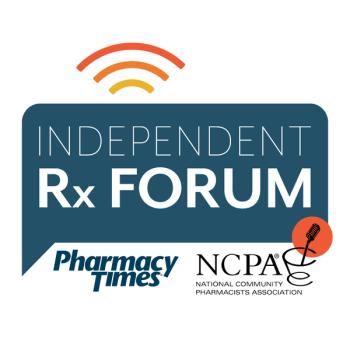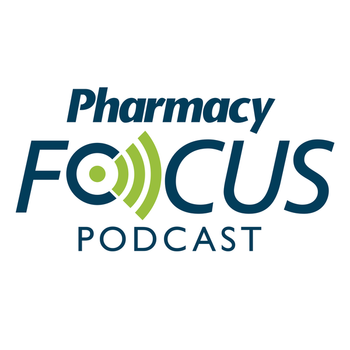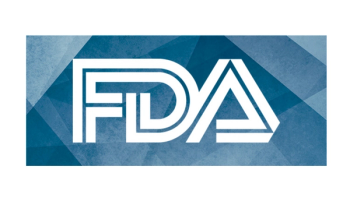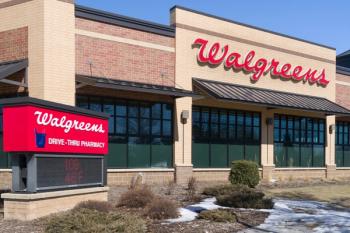
Reimbursement
Latest News
Latest Videos
CME Content
More News

The proportion of prescriptions by a 340B-affiliated physician increased from 9.4% in 2013 to 19.3% in 2020, but the prescriptions filled by 340B pharmacies increased from 18.4% to 49.9%.

Non-expansion states had an increase in prescriptions after PA removal at 27.3% and Medicaid expansion states demonstrated a 22% decrease in prescriptions.

Tune in to this episode of the Independent Rx Forum for a comprehensive overview of the National Community Pharmacists Association's legislative priorities, updates on critical pharmacy-related bills, and insights into the legislative process.

Tune in to this episode of Pharmacy Focus: Policy Edition for an update on the ever-evolving landscape of pharmacy reimbursements, pharmacy benefit manager reform, and direct and indirect remuneration fees.

In an article by The New England Journal of Medicine, the authors discuss how drug companies could delay the approval of new oncology drugs under the IRA, delaying patient care.

RFID technology encompass a wide range of applications, including inventory management, medication authentication, patient adherence, and workflow efficiency.

The hybrid pharmacy model represents a significant step forward in providing the best possible care for individuals struggling with behavioral health conditions, ultimately improving their outcomes and overall well-being.

With health systems undergoing a necessary reevaluation of how they allocate their funding into the future, initial data support the need for them to offer a hospital-at-home option for patients they serve.

Many patients face significant challenges in accessing their specialty medications, which highlights the importance of pharmacy-deployed patient navigation programs designed to help resolve nonclinical, system-related barriers to care.

Vanderbilt Specialty Pharmacy and Takeda Oncology are reaching across silos and entering an innovative partnership to improve patient care across the entire medication journey.

Jack Mozloom, vice president of Public Affairs at the National Community Pharmacists Association (NCPA), speaks with Matt Seiler, general counsel at NCPA, about the current PBM litigation at the 2023 NCPA Convention.

As pharmacists provide more health care services, opportunities arise for more sophisticated patient engagement and billing solutions that drive patient satisfaction and increased loyalty.

The committee will help the FDA address issues related to digital health technologies, including artificial intelligence, virtual reality, cyber security, and patient-generated health data.

Although education and training have historically been considered the primary factors influencing pay, the survey results challenge this notion.

Better access to prescription drugs improves patients’ experience, adherence, and health.

The National Community Pharmacists Association said the action was sent into motion by wrongful penalties for Medicare Part D prescriptions, called pharmacy direct and indirect remuneration fees.

Current federal statutes exclude anti-obesity medications for coverage when used for anorexia, weight loss, or weight gain.

Despite this decision, the trend of various states attempting to regulate pharmacy benefit managers is expected to continue

Pearl Health will offer technology and insight solutions while Walgreens provides clinical services.

Incorporate Program Requirements Into Systems and Workflows.

Manufacturers must find the right balance in drug pricing, so that medications are appealing to both public and private insurers while still remaining profitable throughout their lifecycle.

Frustrations with the current means of achieving price discrimination have reached a boiling point, but the future remains uncertain.

The opioid settlement framework could have a significant impact on the future of cannabis distribution and its role in health care.

Patients with cancer and survivors of cancer that had engaged in administrative tasks to effectively estimate costs or pay for care was associated with an 18% increase in cost-related treatment delays or treatment nonadherence.

Advanced technology can automate many pharmacovigilance tasks to build workflow efficiencies, reduce manual intervention, and free up team members for more strategic activities.




































































































































































































































